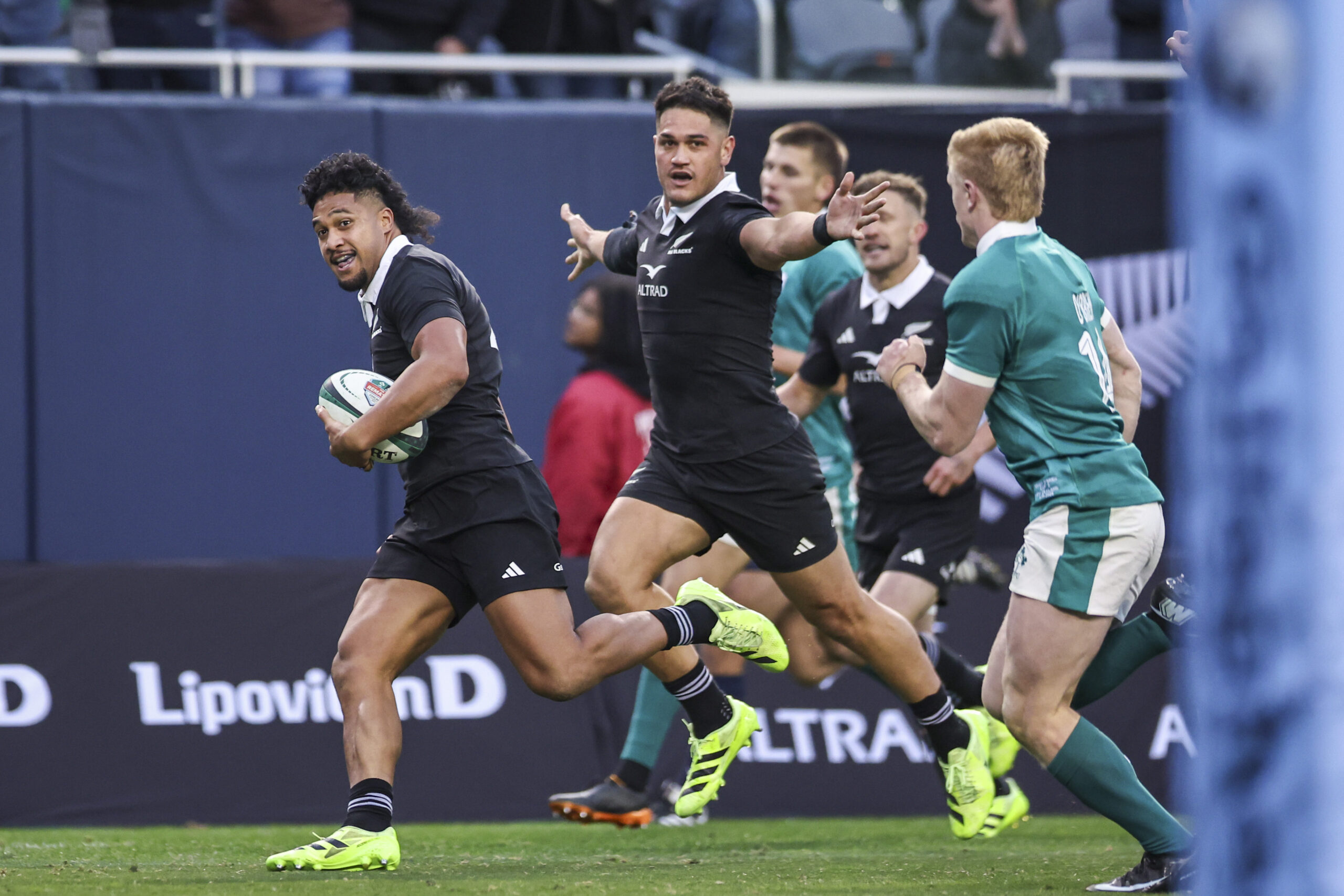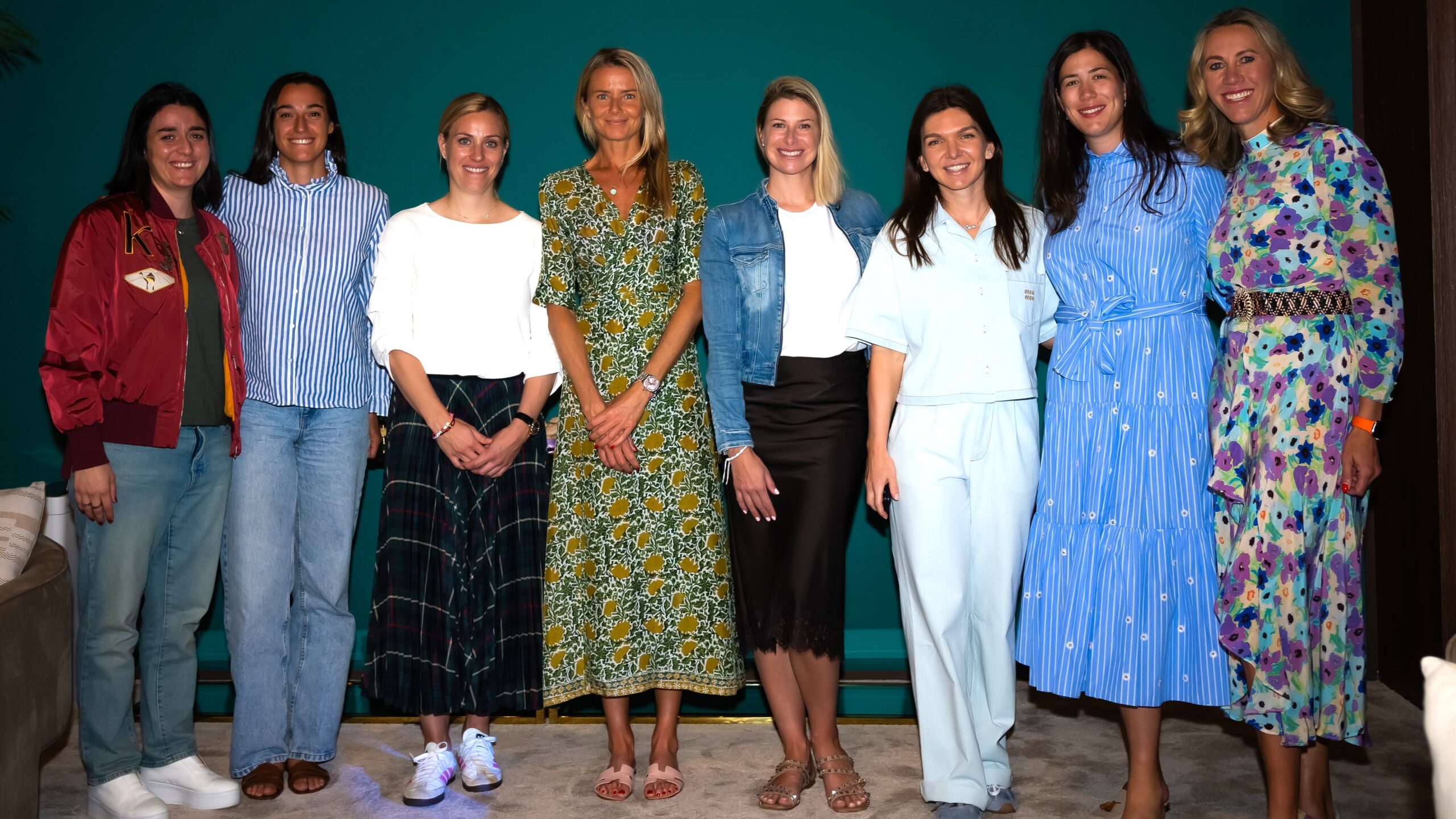Apple may be developing an iPhone with an under-display camera, and if it’s successful, it will be a remarkable achievement.
A recent rumor from Weibo user Digital Chat Station (translated into English) suggests that such a camera may appear…

Apple may be developing an iPhone with an under-display camera, and if it’s successful, it will be a remarkable achievement.
A recent rumor from Weibo user Digital Chat Station (translated into English) suggests that such a camera may appear…

MANAMA (Reuters) – A de facto partition of Gaza between an area controlled by Israel and another ruled by Hamas is increasingly likely, multiple sources said, with efforts to advance US President Donald Trump’s…

Syria will join the international coalition to combat the Islamic State group, marking a shift in US foreign policy in the Middle East, a senior Trump administration official confirmed to CBS, the BBC’s US media partner.
The announcement came as…

As Prime Minister Shehbaz Sharif pushes to minimise cash use in the economy, authorities have so far been able to link less than 700,000 retailers with…
Marianne Lake, CEO of Consumer & Community Banking, will present at the Goldman Sachs U.S. Financial Services Conference at the Conrad Hotel in New York City on Tuesday, December 9, 2025 at 12:20 p.m. (Eastern).
A live webcast will be available on the day of the conference at www.jpmorganchase.com under Investor Relations, Events & Presentations.
JPMorgan Chase & Co. (NYSE: JPM) is a leading financial services firm based in the United States of America (“U.S.”), with operations worldwide. JPMorganChase had $4.6 trillion in assets and $360 billion in stockholders’ equity as of September 30, 2025. The Firm is a leader in investment banking, financial services for consumers and small businesses, commercial banking, financial transaction processing and asset management. Under the J.P. Morgan and Chase brands, the Firm serves millions of customers in the U.S., and many of the world’s most prominent corporate, institutional and government clients globally. Information about JPMorgan Chase & Co. is available at www.jpmorganchase.com.
Investor contact:
Mikael Grubb
212-270-2479
Media contact:
Joseph Evangelisti
212-270-7438

(CARLSBAD, Calif.) – Full Swing, the industry leader in pioneering sports technology, today announces a special Holiday Bundle that gives golfers everything they need to practice smarter all winter long.
…
This request seems a bit unusual, so we need to confirm that you’re human. Please press and hold the button until it turns completely green. Thank you for your cooperation!

Midfield selection options are occupying the minds of the All Blacks selectors ahead of Sunday’s (NZT) Test against England at Twickenham.
All Blacks assistant coach Jason Holland confirmed Caleb Clarke will miss the England…

The second edition of the WTA Finals Riyadh saw WTA legends play a vital role off-court, as some of the game’s most beloved names returned to take part in impactful panel discussions, coaching clinics and fan engagement…